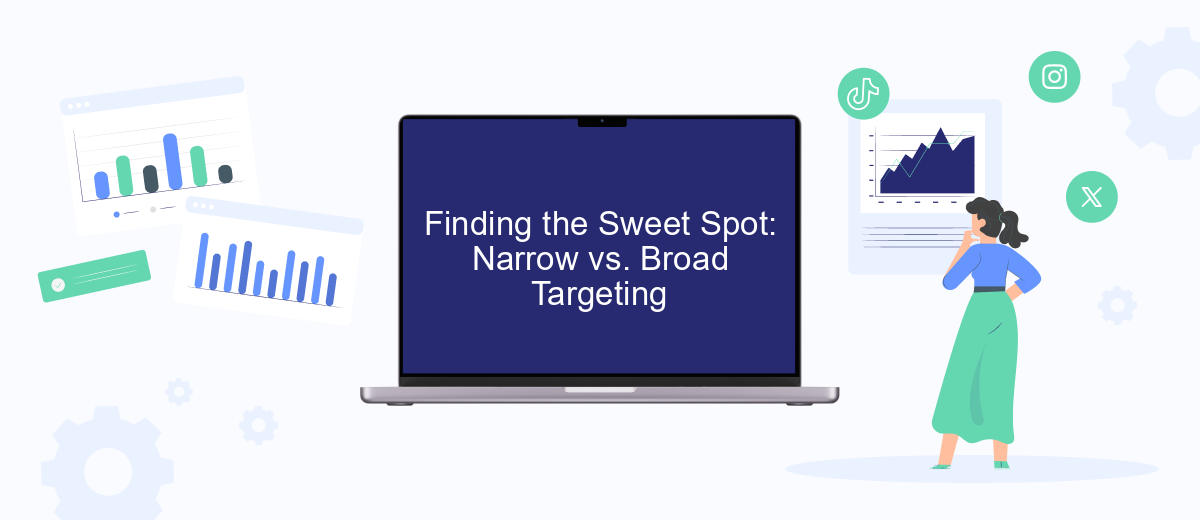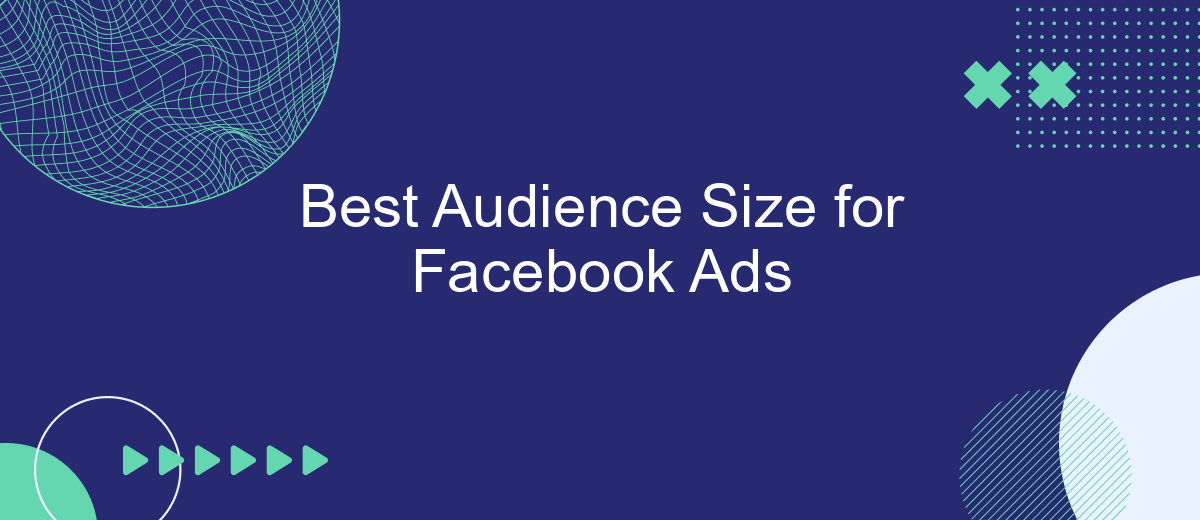Finding the optimal audience size for Facebook Ads is crucial for maximizing the effectiveness of your advertising campaigns. Striking the right balance between broad reach and targeted precision can significantly impact your ad performance and return on investment. In this article, we explore the factors that influence audience size, offering insights and strategies to help you tailor your approach for the best results on Facebook.
Understanding Your Target Audience
Understanding your target audience is crucial for creating effective Facebook ads. By knowing who your ideal customers are, you can tailor your advertisements to resonate with them, increasing engagement and conversion rates. Identifying demographics, interests, and behaviors of your audience allows you to craft messages that speak directly to their needs and preferences. This understanding not only helps in designing compelling ad content but also in determining the optimal audience size for your campaigns.
- Analyze your current customer base to identify common characteristics.
- Utilize Facebook Audience Insights to gather data on potential audiences.
- Consider segmenting your audience for more personalized targeting.
- Test different audience sizes to find the most effective reach for your ads.
By thoroughly understanding your target audience, you can optimize your ad spend and achieve better results. A well-defined audience allows you to focus your marketing efforts on those most likely to convert, ensuring that your ads are both cost-effective and impactful. Continually refining your audience based on performance data can lead to even greater success in your Facebook advertising campaigns.
Factors Influencing Optimal Audience Size

Determining the optimal audience size for Facebook Ads involves several key factors. First, the campaign objective plays a significant role; for instance, brand awareness campaigns may benefit from a broader audience, while conversion-focused campaigns often require more targeted groups. Additionally, budget constraints impact audience size, as larger audiences may necessitate higher spending to achieve meaningful engagement. The relevance of the audience to the product or service being advertised is crucial, as reaching uninterested users can lead to wasted resources. Moreover, the competition within the chosen audience segment can affect the cost and effectiveness of the ads.
Another important factor is the level of audience segmentation. Highly segmented audiences allow for more personalized messaging, potentially increasing engagement and conversion rates. Tools and services like SaveMyLeads can assist in refining audience targeting by integrating various data sources, ensuring that the most relevant users are reached. Lastly, the geographical location of the audience should be considered, as cultural and regional differences can influence ad performance. By carefully analyzing these factors, advertisers can optimize their audience size to align with their campaign goals and budget constraints.
Finding the Sweet Spot: Narrow vs. Broad Targeting

When creating Facebook ads, finding the right audience size is crucial for optimizing performance. A narrow targeting approach allows you to reach a specific group of people, increasing the relevance of your ads. However, this might limit your reach and potential growth. On the other hand, broad targeting can help expand your audience, but it might dilute the specificity of your message, leading to lower engagement rates. Striking the right balance between these two strategies is essential for effective ad campaigns.
- Analyze your product or service to determine if it appeals to a niche or a broader market.
- Test different audience sizes by creating multiple ad sets with varying targeting parameters.
- Use Facebook's Audience Insights tool to gather data on potential customers and refine your targeting strategy.
- Monitor ad performance metrics such as click-through rates and conversion rates to assess effectiveness.
By experimenting with both narrow and broad targeting, you can identify the sweet spot that maximizes your ad's reach and engagement. Regularly reviewing your campaign data will help you adjust your strategy to align with changing audience behaviors and preferences. Remember, the key is to remain flexible and responsive to the insights you gather.
Testing and Optimization for Audience Size

Testing and optimizing your audience size for Facebook Ads is crucial for maximizing your campaign's effectiveness. A well-defined audience can significantly impact your ad's performance, ensuring that it reaches the right people at the right time. Begin by analyzing your campaign goals and identifying the characteristics of your ideal customer. This will help you determine whether a broader or more narrowly defined audience is appropriate for your ads.
Once you have established your initial audience parameters, it's essential to test different sizes to find the optimal range. Start with a broader audience and gradually narrow it down based on performance metrics such as click-through rates, conversion rates, and cost per acquisition. This iterative process will allow you to refine your audience size and improve your ad's efficiency over time.
- Start with a broad audience and monitor performance.
- Analyze key metrics to assess effectiveness.
- Incrementally narrow your audience based on data.
- Continuously test and refine audience parameters.
By consistently testing and optimizing your audience size, you can ensure that your Facebook Ads are reaching the most relevant users. This approach not only enhances your campaign's performance but also maximizes your return on investment, making your advertising efforts more cost-effective and successful.
Analyzing Results and Adapting Your Strategy
Once your Facebook ad campaigns are live, it's crucial to continuously analyze their performance to ensure you're reaching the optimal audience size. Start by reviewing key metrics such as click-through rates, conversion rates, and cost per acquisition. These indicators will provide insights into how well your ads are resonating with your target audience. Utilize Facebook Ads Manager's analytical tools to segment data by demographics, location, and device, allowing you to identify patterns and areas for improvement.
Adapting your strategy based on these insights is essential for maximizing your return on investment. If you notice certain segments underperforming, consider adjusting your audience size or refining your targeting criteria. Additionally, leveraging services like SaveMyLeads can streamline the integration of your ad data with other marketing platforms, ensuring seamless data flow and more informed decision-making. By continuously testing and tweaking your approach, you can optimize your campaigns to better engage your audience and achieve your business goals.
FAQ
What is the ideal audience size for Facebook Ads?
How can I determine the right audience size for my campaign?
Why is audience size important for Facebook Ads?
What tools can help manage audience targeting in Facebook Ads?
Can a too-large audience size negatively impact my ad performance?
Personalized responses to new clients from Facebook/Instagram. Receiving data on new orders in real time. Prompt delivery of information to all employees who are involved in lead processing. All this can be done automatically. With the SaveMyLeads service, you will be able to easily create integrations for Facebook Lead Ads and implement automation. Set up the integration once and let it do the chores every day.
